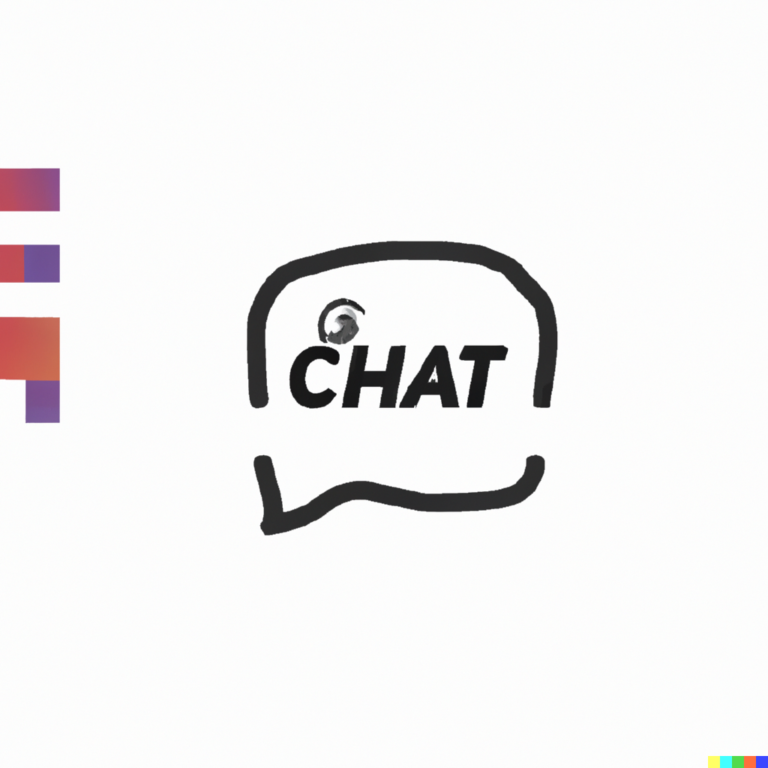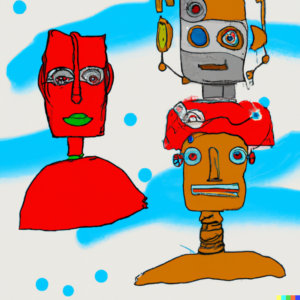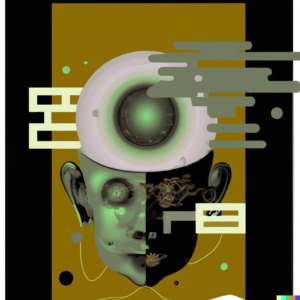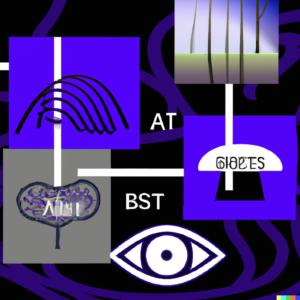ChatGPT, developed by OpenAI, is a cutting-edge language model that has shown impressive results in generating human-like text and answering questions. Despite its advancements, however, ChatGPT is not without limitations. In this blog post, we will discuss some of the areas where ChatGPT falls short and what it means for the future of AI language models.
Contextual Understanding
One of the biggest limitations of ChatGPT is its lack of true contextual understanding. The model was trained on a massive corpus of text data, but it lacks the ability to truly understand the context in which a sentence or question is being asked. This means that it can generate coherent and grammatically correct responses, but they may not always be relevant to the question being asked. For example, if asked a question about a specific event, the model may provide a general response that is not specifically related to that event.
Common Sense Reasoning
Another limitation of ChatGPT is its lack of common sense reasoning. Common sense is the understanding of everyday life that humans acquire through their experiences and interactions with the world. This is a crucial aspect of human intelligence that is difficult to replicate in AI models. ChatGPT does not possess a deep understanding of common sense, which leads to inaccuracies in its responses and a lack of understanding of the world.
Consistency
ChatGPT can also be inconsistent in its responses. The model was trained on a large corpus of text data, but the quality and context of the data can vary greatly. This can lead to inconsistencies in the responses generated by the model, making it difficult to trust the information being provided. Additionally, the model may generate responses that are not in line with current knowledge or beliefs, leading to inaccuracies in the information being provided.
Bias
Another limitation of ChatGPT is its potential for bias. The model was trained on a large corpus of text data, which means that it has been exposed to the biases present in the data. This can lead to biased responses generated by the model, which can be harmful and perpetuate harmful stereotypes. Additionally, the model may not be aware of the biases present in the data, leading to inaccuracies in its responses.
Creative Thinking
Finally, ChatGPT lacks the ability to generate truly original and creative content. The model was trained on a massive corpus of text data, but it does not have the ability to generate ideas or content that is completely new and unique. While it can generate responses that are similar to existing text, it cannot generate completely new ideas or content.
In conclusion, ChatGPT is a remarkable language model that has shown impressive results in generating human-like text and answering questions. However, it is not without limitations, including a lack of contextual understanding, common sense reasoning, consistency, and the potential for bias. Additionally, the model lacks the ability to generate truly original and creative content. While these limitations are significant, they are also a reminder of the challenges that AI language models still face in replicating human intelligence. As the field continues to advance, we can expect to see improvements in these areas and a greater understanding of what AI models are capable of.




